Does yoga belong to India?
India has launched a global effort to "rebrand" yoga as a Hindu practice. Can it succeed?
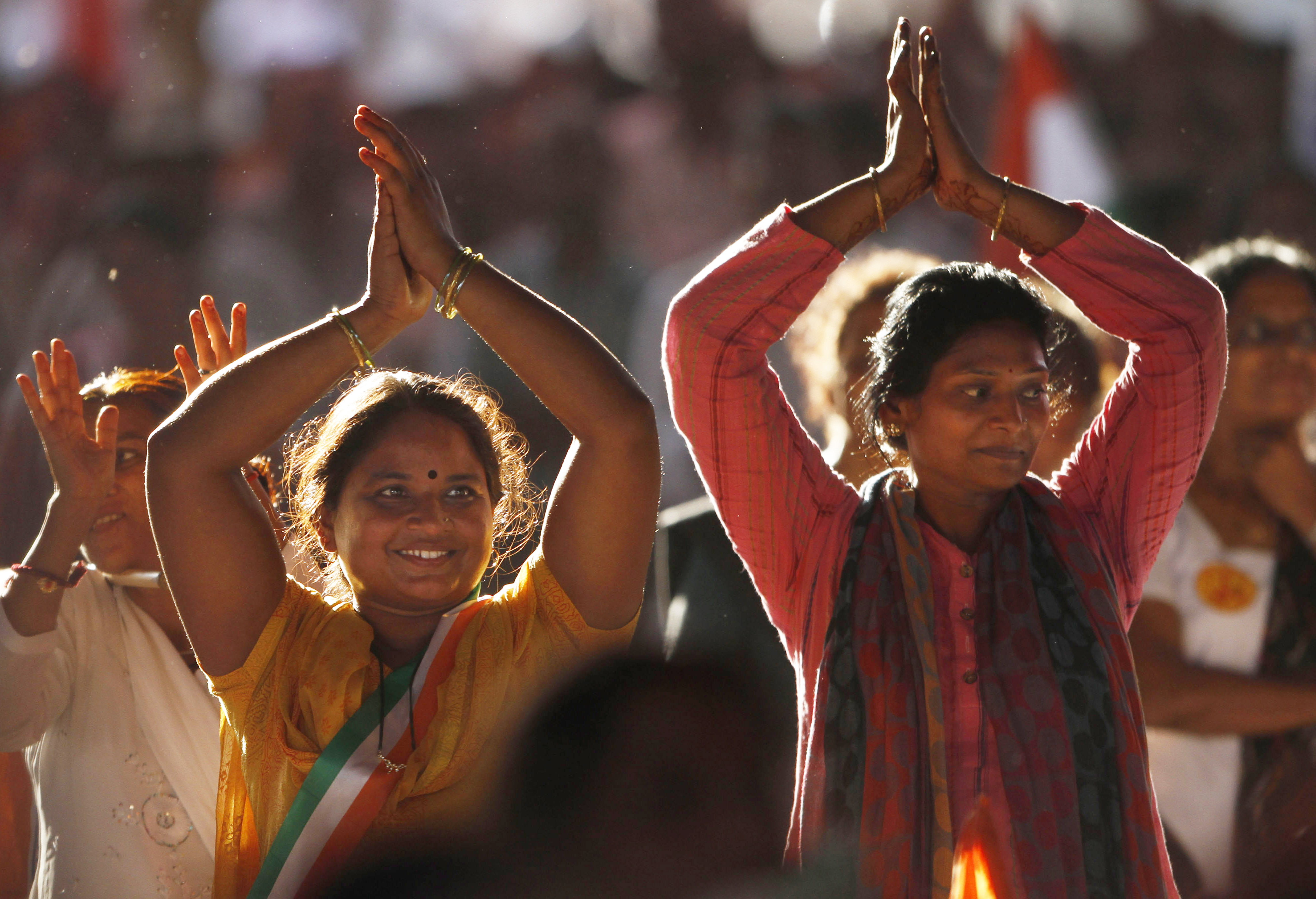
What does India want?
The government is trying to get yoga recognized throughout the world as India's cultural property. Since his election last year, Prime Minister Narendra Modi, a Hindu nationalist and devout yoga practitioner, has persuaded the U.N. to announce an International Day of Yoga and has even appointed a minister of yoga in his cabinet. "There is little doubt about yoga being an Indian art form," says the new minister, Shripad Yesso Naik. "We're trying to establish to the world that it's ours." He and Modi would like India to be granted a "geographical indication" over yoga, in the same way France has claimed the term "champagne" only for sparkling wine made in a specific geographic location. But India's quest isn't likely to succeed for many reasons — including the fact that there are more than 100 types of yoga now practiced in the West. Yoga practice waned significantly in India during the British colonial period, when it was seen as backward. Spiritual leader Baba Ramdev has led a revival in India over the past two decades, founding institutes and popular yoga camps. Yet still, compared with the U.S., India has far fewer yoga teachers per capita.
How did yoga spread to the U.S.?
The Week
Escape your echo chamber. Get the facts behind the news, plus analysis from multiple perspectives.

Sign up for The Week's Free Newsletters
From our morning news briefing to a weekly Good News Newsletter, get the best of The Week delivered directly to your inbox.
From our morning news briefing to a weekly Good News Newsletter, get the best of The Week delivered directly to your inbox.
Hindu monk Swami Vivekananda first introduced Americans to yoga in 1893, teaching in New York City and eventually starting an ashram in Los Angeles. On the East Coast, an early populizer was Pierre Bernard, known as "The Great Oom," who taught yoga to society women. When it emerged that he had seduced several of them, he was dismissed as a charlatan. The next yoga wave began when Indra Devi — a disciple of India's most famous guru, Sri Tirumalai Krishnamacharya — opened a Hollywood studio in 1947. Devi taught Greta Garbo and Marilyn Monroe and sparked a fad for yoga among Hollywood stars that continues to this day. But yoga didn't really take off in the U.S. until the 1960s.
What happened in the 1960s?
Hippie culture was looking toward Eastern philosophy just as U.S. immigration laws changed, allowing many more Indians — including yoga teachers — to come to America. By 1974, PBS was running a popular yoga show featuring Lilias Folan, whom Time called "the Julia Child of yoga." Yoga was still seen as flaky and suspiciously foreign, though, until the 1990s, when fitness studios across the country began offering courses and pop stars like Sting and Madonna embraced the practice. Now yoga is as American as aerobics — although much of the yoga on offer here differs dramatically from ancient Indian practices.
How is it different?
A free daily email with the biggest news stories of the day – and the best features from TheWeek.com
Yoga actually refers to a body of philosophy and spiritual practice of which the physical movements, the asanas or poses, are only a small part. The goal is to "yoke" or join the body, mind, and spirit, and achieve enlightened awareness — not to sculpt sexy legs or firm buns. The Yoga Sutras, believed to have been written around 200 B.C., are the founding text for the system today, but they focus on sitting meditation. Ancient texts depict poses, but not the smooth flow of doing poses and breathing together. Vinyasa yoga, the most popular and best-known kind today, introduced the idea of breathing in sync with smooth, flowing movements — but it was founded at the beginning of the 20th century, by Indian guru Krishnamacharya. Many other schools of yoga were created in the U.S. by blending tradition and modern concepts, including "power yoga," and Bikram or "hot yoga," whose sequence of 26 poses founder Bikram Choudhury — an Indian immigrant — tried and failed to copyright. Prashant Iyengar, son of famed Indian yoga teacher B.K.S. Iyengar, has dismissed commercially driven yoga as illegitimate. "What has spread all over the world is not yoga," Iyengar said. "It is not even non-yoga; it is un-yoga."
How popular is yoga in the U.S.?
It's a huge industry. By some estimates, more than 20 million Americans practice yoga, and the lessons, clothing, and DVDs generate up to $10 billion a year. "The irony is that yoga, and spiritual ideals for which it stands, have become the ultimate commodity," says Mark Singleton, author of Yoga Body: The Origins of Modern Posture Practice. A few years ago, Sheetal Shah of the Hindu American Foundation launched a "Take Back Yoga" initiative to emphasize the Hindu scriptural underpinnings of the practice. Her group argued that the selling of yoga-as-fitness amounted to intellectual property theft.
Does India agree?
Not exactly. Modi's effort to rebrand yoga as Indian isn't aimed at denying Americans the right to teach whatever they call yoga, but rather to remind them that they owe the regimen they love to India and to Hinduism. It's part of his effort to boost India's standing in the world, which also includes promotion of traditional Indian Ayurveda medicine. Minister for External Affairs Sushma Swaraj says the spread of India's culture helps her nation project "soft power" beyond its borders. "Be it Californians doing yoga, or Britishers eating Indian curry," Swaraj says, "they all are contributing to the image of a new India."
Christians and yoga
One group of Americans, at least, agrees with India that yoga is primarily a Hindu spiritual practice: Christian evangelicals. In California and in other states, evangelicals have sued or protested over the inclusion of yoga classes in public schools, arguing that it's a sneaky way to inculcate their children with New Age spiritual concepts, including an un-Christian reverence for the body. Some evangelical pastors have gone as far as declaring yoga to be "demonic." But in the U.S. today, most yoga being taught is heavily influenced by Western culture and has no religious content, said Ann Gleig, the editor of Religious Studies Review; only deeply religious Hindus and Christians see yoga as primarily a Hindu practice. "Both of these groups, which have very different agendas, ironically support each other in a historically flawed construction of yoga as an essential unchanging religious practice that is the ‘property' of Hinduism," Gleig said.
-
 7 bars with comforting cocktails and great hospitality
7 bars with comforting cocktails and great hospitalitythe week recommends Winter is a fine time for going out and drinking up
-
 7 recipes that meet you wherever you are during winter
7 recipes that meet you wherever you are during winterthe week recommends Low-key January and decadent holiday eating are all accounted for
-
 Nine best TV shows of the year
Nine best TV shows of the yearThe Week Recommends From Adolescence to Amandaland
-
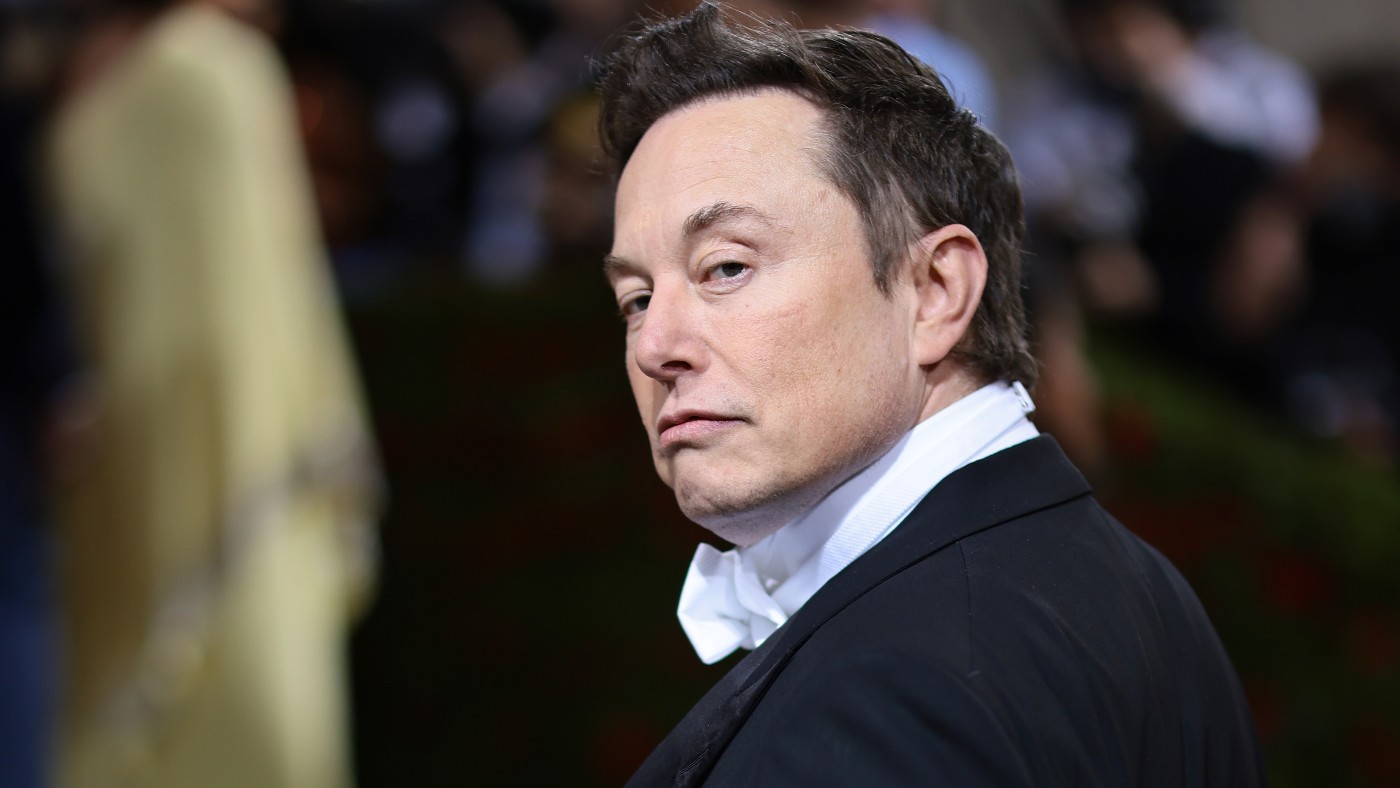 Walter Isaacson's 'Elon Musk' can 'scarcely contain its subject'
Walter Isaacson's 'Elon Musk' can 'scarcely contain its subject'The latest biography on the elusive tech mogul is causing a stir among critics
-
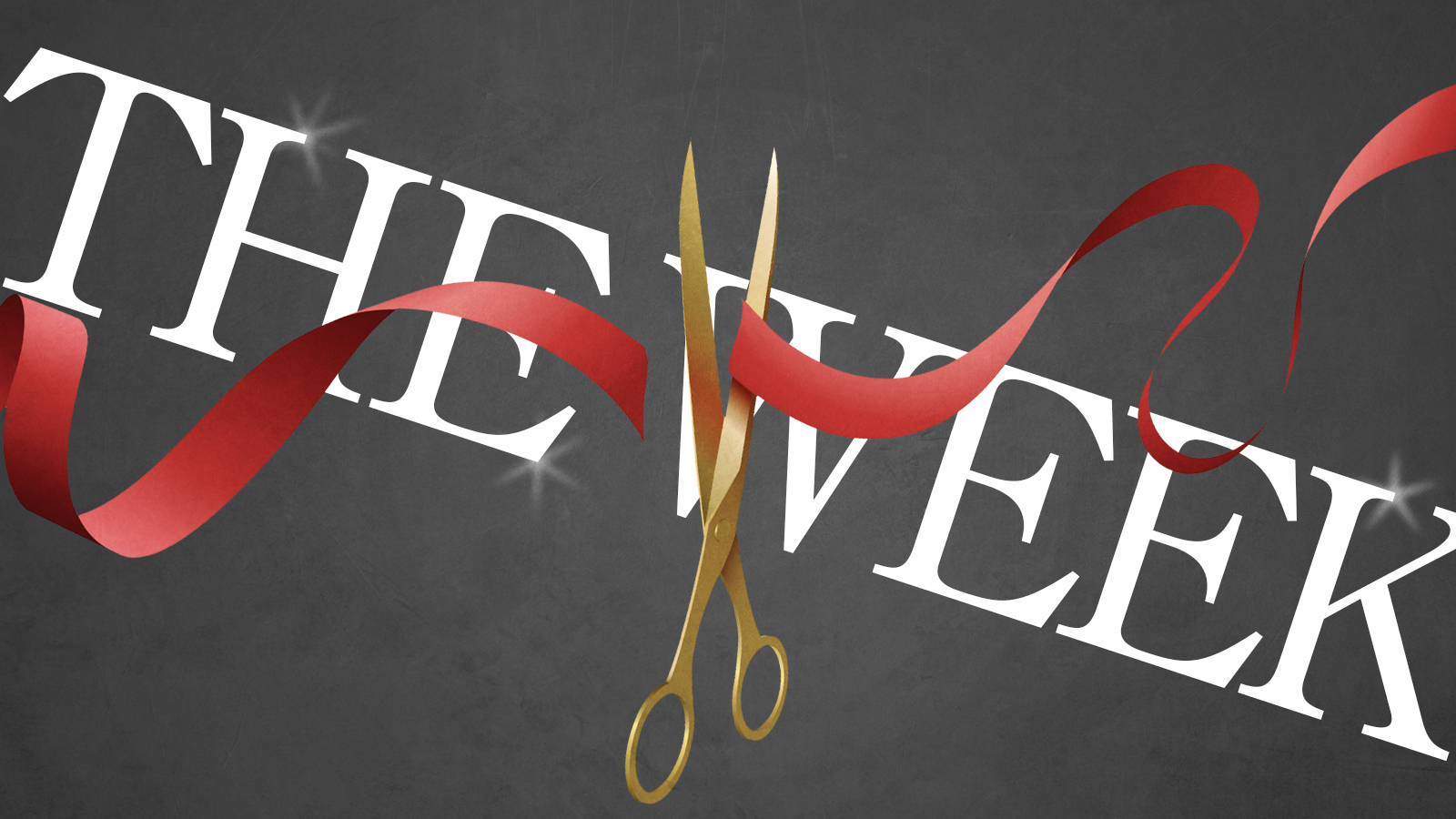 Welcome to the new TheWeek.com!
Welcome to the new TheWeek.com!The Explainer Please allow us to reintroduce ourselves
-
 The Oscars finale was a heartless disaster
The Oscars finale was a heartless disasterThe Explainer A calculated attempt at emotional manipulation goes very wrong
-
 Most awkward awards show ever?
Most awkward awards show ever?The Explainer The best, worst, and most shocking moments from a chaotic Golden Globes
-
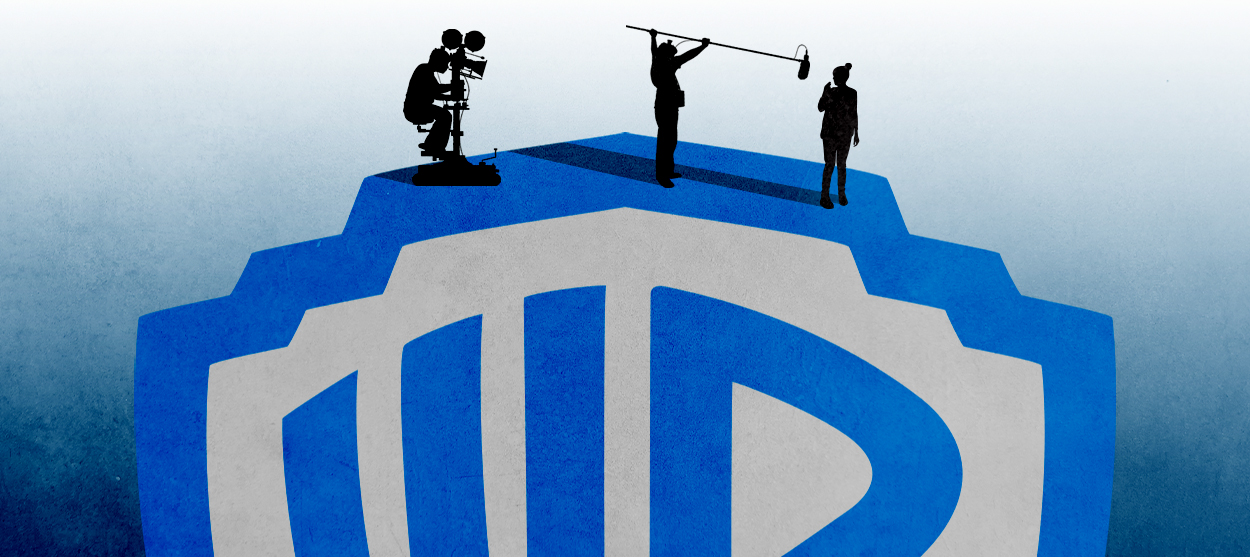 The possible silver lining to the Warner Bros. deal
The possible silver lining to the Warner Bros. dealThe Explainer Could what's terrible for theaters be good for creators?
-
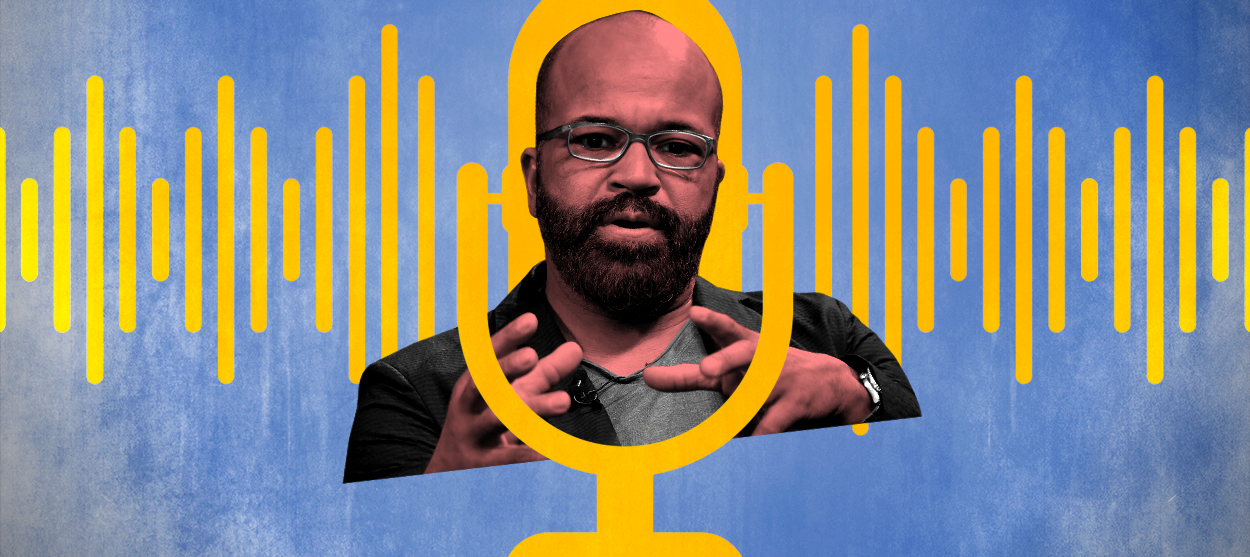 Jeffrey Wright is the new 'narrator voice'
Jeffrey Wright is the new 'narrator voice'The Explainer Move over, Sam Elliott and Morgan Freeman
-
 This week's literary events are the biggest award shows of 2020
This week's literary events are the biggest award shows of 2020feature So long, Oscar. Hello, Booker.
-
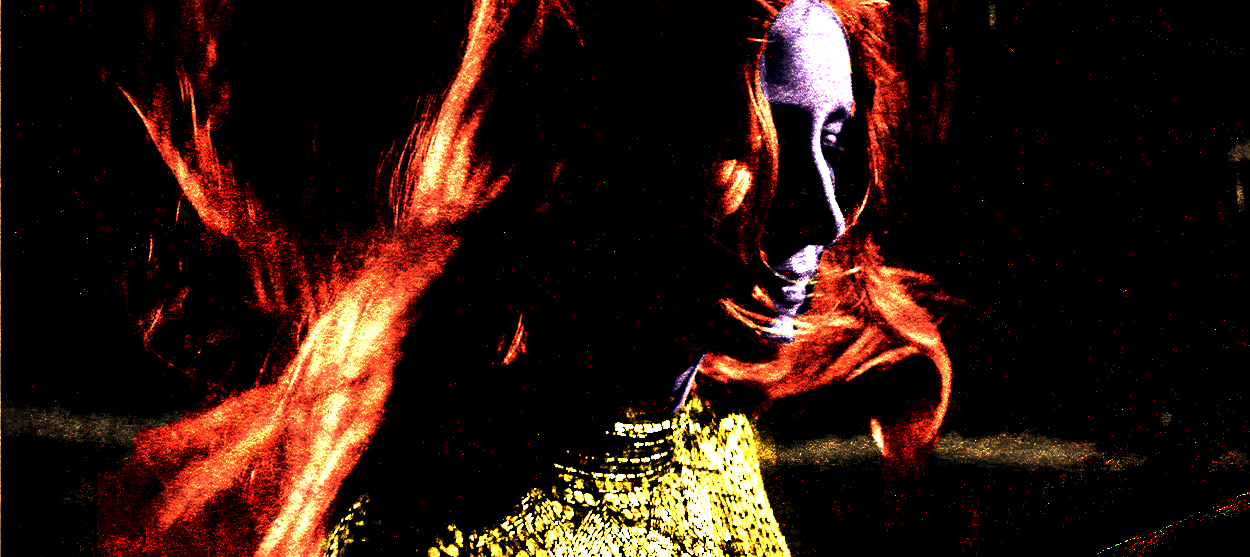 What She Dies Tomorrow can teach us about our unshakable obsession with mortality
What She Dies Tomorrow can teach us about our unshakable obsession with mortalityThe Explainer This film isn't about the pandemic. But it can help viewers confront their fears about death.